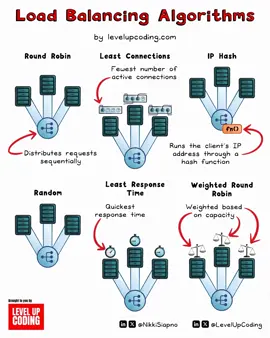Zoha/The Crystal Yogi🇨🇩🍉
Region: US
Monday 13 March 2023 14:08:12 GMT
1444
95
0
0
Music
Download
Comments
There are no more comments for this video.
To see more videos from user @zohameanslight, please go to the Tikwm
homepage.





